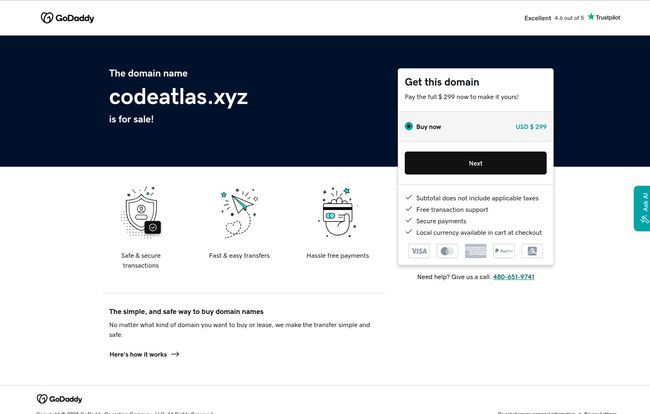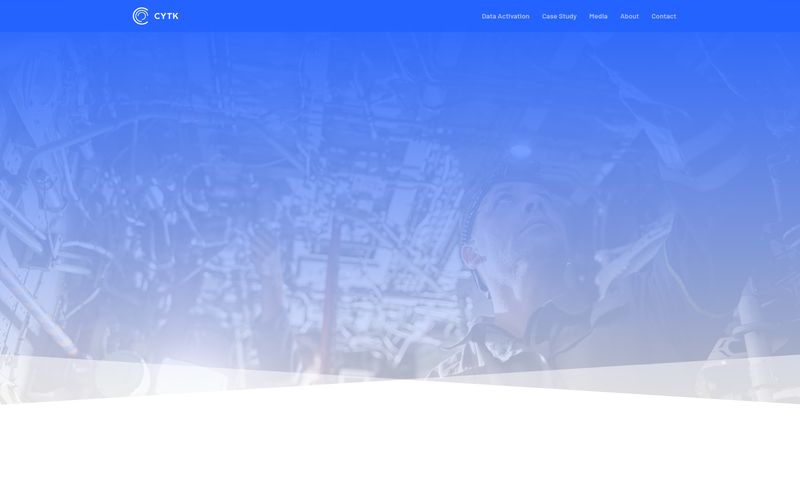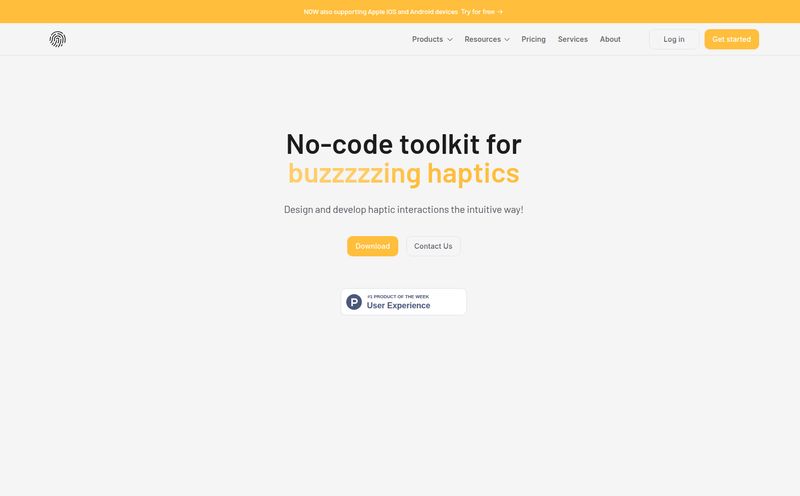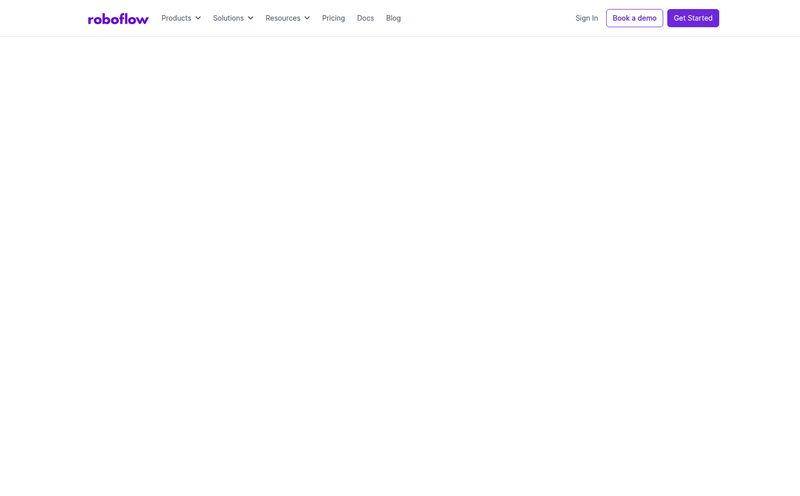It’s a story I’ve seen a hundred times. You join a new dev team, you’re trying to get up to speed, and someone points you to the “wiki.” You click the link, and it’s like stepping into a digital archeological site. The last update was during the Obama administration, half the links are broken, and the only person who knew how it all worked left the company a year ago. We’ve all been there.
The eternal struggle for up-to-date, relevant technical documentation is the bane of almost every engineering team’s existence. It’s a constant, unwinnable war against entropy. So, whenever a new tool pops up promising to finally solve this mess, my ears perk up. A while back, a name floated across my desk: CodeAtlas.
The concept was, frankly, brilliant. An intelligent, git-powered knowledge base. Just say that out loud. It’s the kind of phrase that makes a certain type of developer get a little misty-eyed.
The Shining Promise of a Git-Powered Utopia
So what was CodeAtlas supposed to be? At its heart, it was designed to be a central nervous system for a development team. Imagine a single place where your technical knowledge wasn't just stored, but lived, breathed, and evolved right alongside your actual code. No more stale Confluence pages or scattered Google Docs. Just one source of truth.
The idea was to integrate the process of documentation directly into the developer's existing workflow. And that’s where the magic word comes in: Git.

Visit CodeAtlas
Why Git Integration for a Knowledge Base is a Stroke of Genius
For non-devs, Git is a version control system. It’s how millions of developers track changes in their code, collaborate without overwriting each other’s work, and roll back to previous versions if something breaks. It’s the bedrock of modern software development.
Now, apply that logic to documentation. Suddenly, your knowledge base has superpowers:
- Version History: Want to see why a particular best practice was changed? Just check the commit history of the document.
- Accountability: Who wrote that confusing paragraph? You can literally run a
git blameon your documentation. No more mystery authors. - Workflow Alignment: Developers live in their code editors and their terminals. By tying documentation to Git, you're not asking them to adopt a completely alien tool. It just becomes another part of their commit-and-push cycle.
This approach transforms documentation from a chore into a living part of the codebase. That was the core promise of CodeAtlas. It was meant to be the place for team catch-ups, meeting notes, and a curated set of developer tools, all version-controlled and synchronized.
The Dream vs. The Reality
On paper, the platform had everything going for it. It aimed to tackle some of the most persistent pain points in our industry. Keeping technical knowledge fresh is a huge one, as is making sure the whole team is on the same page. A central repository for knowledge and tools? Sign me up.
| The Problem | The CodeAtlas Solution |
|---|---|
| Documentation is always outdated. | Git-powered knowledge base: Updates are tied to code changes. |
| New hires struggle to find information. | Central repository: A single source of truth for all tools and docs. |
| Team members are out of sync. | Team catch-up functionality: Built-in features to keep everyone aligned. |
| Meeting notes get lost in email or Slack. | Meeting notes management: A dedicated, searchable space for decisions. |
It all sounds perfect. Too perfect, maybe. The road to hell, especially in the startup world, is paved with brilliant ideas. The hard part is always execution. And getting a whole team to adopt a new tool… well, that can be like herding cats. Cats who can code and will instantly find three flaws in your herding methodology.
So, Where Is It?
And this brings us to the weird part of the story. I went looking for CodeAtlas. I wanted to see a demo, check out the pricing, maybe even kick the tires. And I found... nothing. The product website is gone. Instead, the domain, codeatlas.xyz, is listed for sale on GoDaddy. For $299.
Ouch. That’s a ghost ship in the vast ocean of developer tools. A great idea that, for whatever reason, never quite made it to shore. While we can't know for sure what happened, we can guess. Building a tool this ambitious is tough. And even if you build it, user adoption is a killer. The cons were always there, lurking: it would require setup, its success would hinge entirely on team participation, and there'd be a learning curve for anyone not already a git wizard.
Maybe the founders ran out of runway. Maybe they got acqui-hired. Or maybe they just realised that competing with giants like Atlassian (Confluence/Jira) and the ever-flexible Notion is a Herculean task. We may never know.
Lessons from a Ghost: What You Can Use Today
But the death of one product doesn’t mean the idea was bad. Far from it. The vision behind CodeAtlas is something many teams are still trying to build for themselves. So if you're looking to bring a little of that CodeAtlas spirit to your team, where should you look?
There are actually some fantastic tools out there that get you part of the way. Slab is a great knowledge base that focuses on a clean interface and powerful integrations. Notion, the do-everything tool, has become incredibly popular with tech companies for its flexible databases and code-friendly blocks. Then there's Outline, which is an open-source option for those who want to self-host. And let's not forget, you can still go old-school and just build a really, really good wiki directly in GitHub or GitLab. It’s less flashy, but it’s as git-integrated as you can get.
The key takeaway from the CodeAtlas saga isn’t one of failure, but one of aspiration. It points to a real, tangible need in the market. We need better ways to manage our collective knowledge. The perfect tool might not be here yet, but the ghost of CodeAtlas reminds us what we should be aiming for.
Frequently Asked Questions about Developer Knowledge Bases
- What exactly was CodeAtlas?
- CodeAtlas was a concept for an intelligent knowledge base for software development teams. Its main selling point was its deep integration with Git, allowing documentation to be version-controlled and updated alongside the codebase.
- Why is a Git-powered knowledge base a good idea?
- It aligns documentation with existing developer workflows, provides a clear history of changes, and increases accountability. This helps prevent documentation from becoming outdated, which is a common problem with traditional wikis.
- Is CodeAtlas still available to use?
- No, it appears not. The product's domain name is currently for sale, which strongly suggests the project is no longer active or may have never fully launched.
- What are some good alternatives to CodeAtlas for team knowledge management?
- Great alternatives include Slab, Notion, and Outline for dedicated platforms. For a more bare-bones, developer-centric approach, simply using the built-in wiki features of GitHub or GitLab is a very effective strategy.
- What's the biggest challenge in maintaining technical documentation?
- The biggest challenge is almost always culture and process, not tools. You can have the best tool in the world, but if the team isn't committed to writing and maintaining documentation as part of their regular work, it will inevitably become stale.
A Final Thought
The story of CodeAtlas is a bit of a bummer, but it's also a fantastic reminder. It's a reminder of the real problems we face in this industry and the creative ways people are trying to solve them. While this particular ship may have sunk before its maiden voyage, the map it was following still points toward a worthy destination: a world with less confusion and more collaboration. And that’s a goal worth chasing, with or without a shiny new tool.
Reference and Sources
Domain Listing for codeatlas.xyz: GoDaddy
Alternative Tool - Slab: https://slab.com/
Alternative Tool - Notion: https://www.notion.so/
Alternative Tool - Outline: https://www.getoutline.com/



